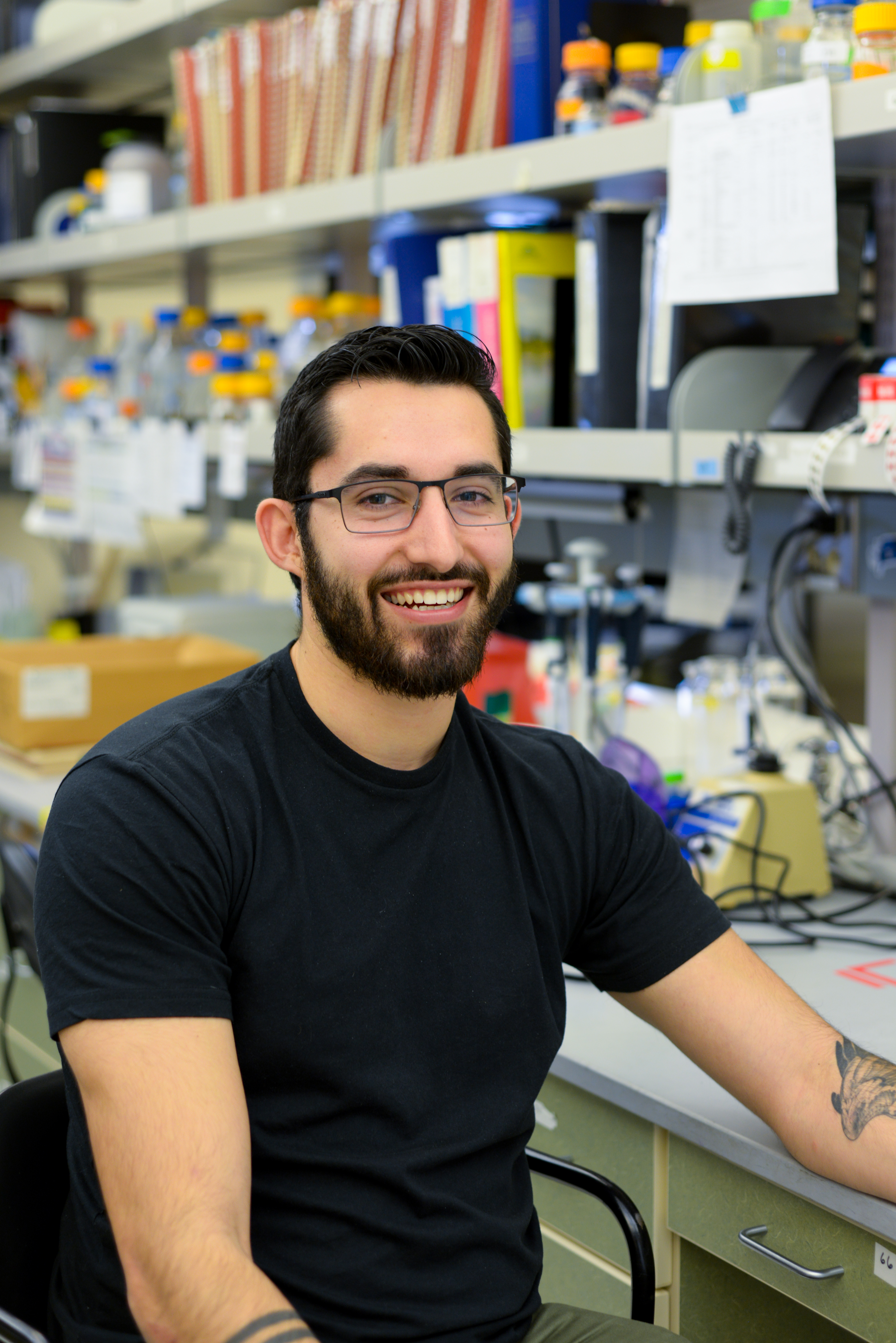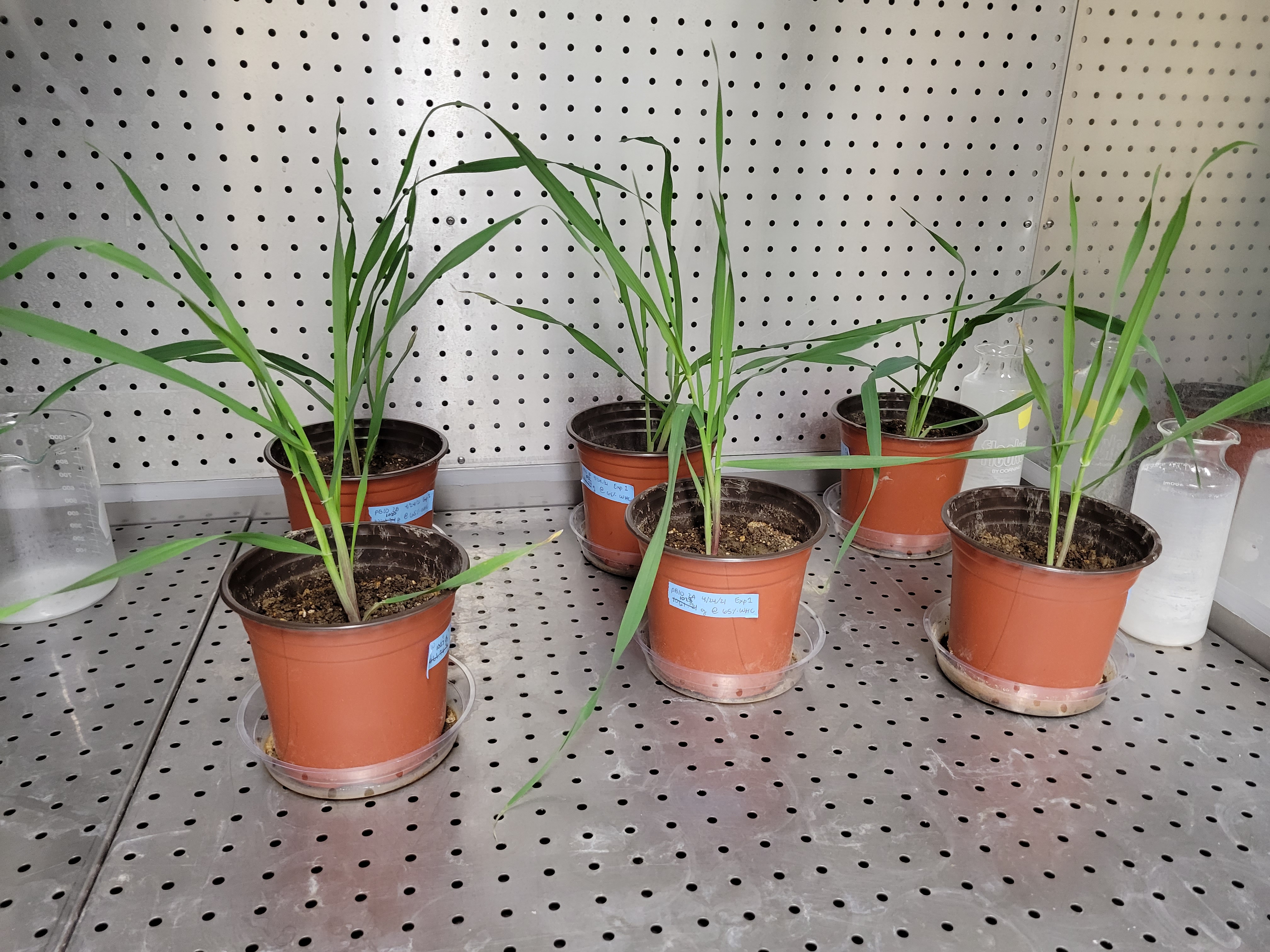Tracking Down Resistance
March 30, 2023
Should we really be concerned about the ever-increasing use of antibiotics on farms? By tracking the pathways of antibiotic-resistance genes, Bioinformatics and Computational Biology (BCB) graduate student Salvador “Chava†Castaneda Barba is discovering how to use novel methods to explore this century-old question.
The debate began in the 1960s when people started becoming concerned about antibiotics in milk. Since then, we’ve learned that unless the antibiotics are used irresponsibly and leave residue behind, there shouldn’t be a problem.
But if residue starts to contaminate the environment, bacteria can easily acquire widespread resistance and eventually render the antibiotics useless. Even on the Palouse, antibiotic residues that are typically for human and veterinary use have been found on the nearby Snake River.
Few people understand the widespread use of antibiotics on farms as well as Castaneda-Barba. His fascination with the science behind resistance began during his undergrad summers as a farmhand, when he milked and injected cows daily.
When he arrived at the U of I in 2018, he set out to study whether farms are a source of antibiotic resistance, and whether resistance genes on farms commonly spread to humans.
After initially enrolling in the biology doctorate program at the University of Idaho, he realized that computational biology was a better fit for the unique questions he wanted to pursue.
Through coding, he can explore these new questions. “Science can be rigid, but coding gives you a kind of flexibility. There’s an unimaginable number of solutions to any given problem, so I like that creative side of it,†he says.
The antibiotic resistance gene pathway starts in the bacteria of a cow’s stomach, where it flows through manure into the soil and potentially to humans.
Identifying which bacteria carry resistance genes and how they spread is notoriously difficult. To track the elusive genes, Casteneda learned how to use a “proximity ligation†technique called Hi-C that biologists typically use to analyze DNA linkages across a genome.
In a twist on the old-school method, Casteneda-Barba is using this technique to link bacterial DNA to plasmids and track resistance.
 “These plasmids are essentially an accessory to bacteria,†explains Casteneda-Barba. “Think of them like a backpack.†These accessory plasmids can carry multiple resistance genes and can transfer copies of themselves, enabling the rapid spread of resistance genes among bacterial communities.
“These plasmids are essentially an accessory to bacteria,†explains Casteneda-Barba. “Think of them like a backpack.†These accessory plasmids can carry multiple resistance genes and can transfer copies of themselves, enabling the rapid spread of resistance genes among bacterial communities.
Proving that the Hi-C method works for tracking resistance plasmids will be monumental for the field of bacteriology. “It excites me to be working on novel research that is contributing to our understanding of antibiotic resistance,†he says.
In an ideal world, it could lead to collaborations between scientists and farmers to avoid contamination. But for now, he’s occupied with mastering the art of detecting clues that bacteria leave behind in their plasmids and how they spread through the microscopic world.
By Kelsey Swenson,
IIDS Scientific Writing Intern